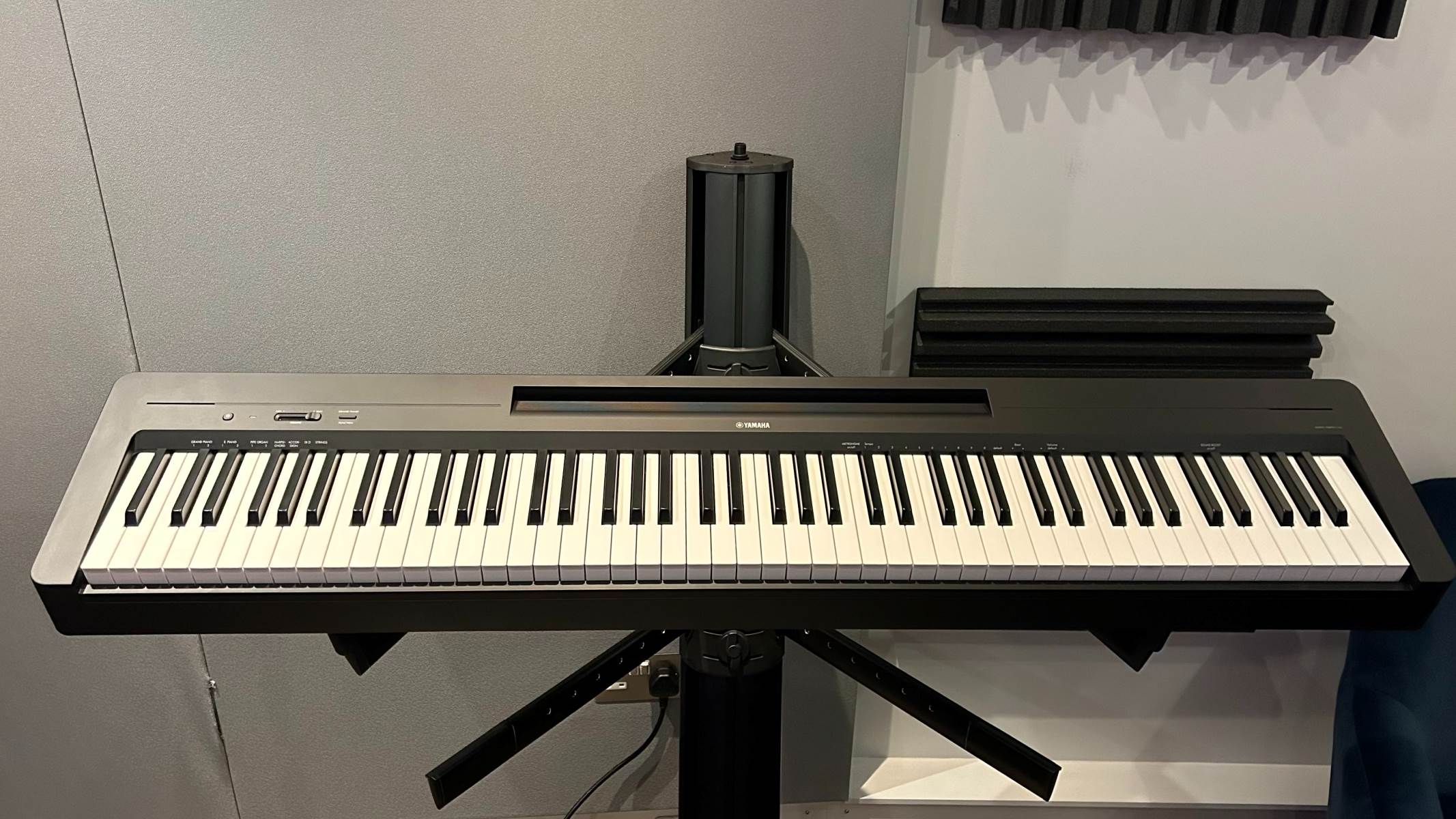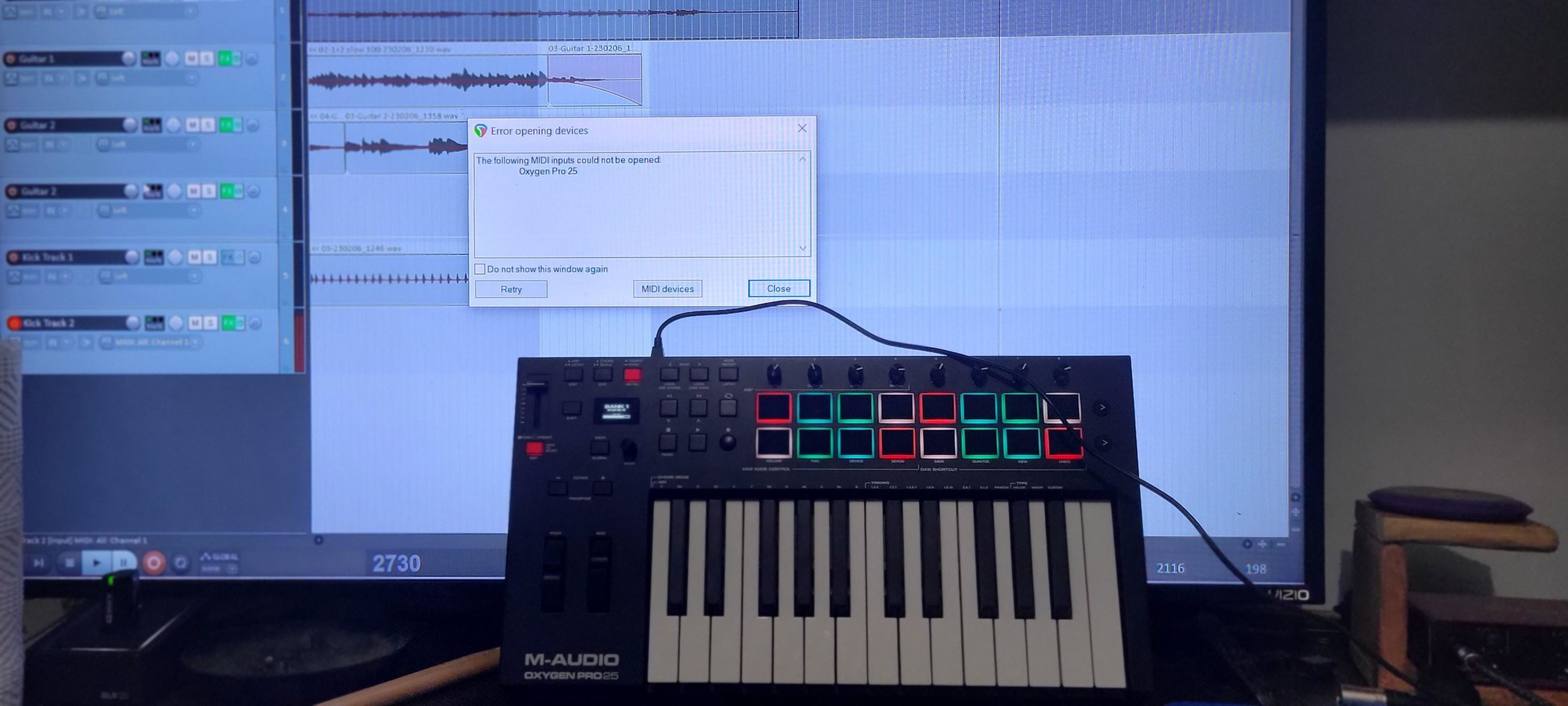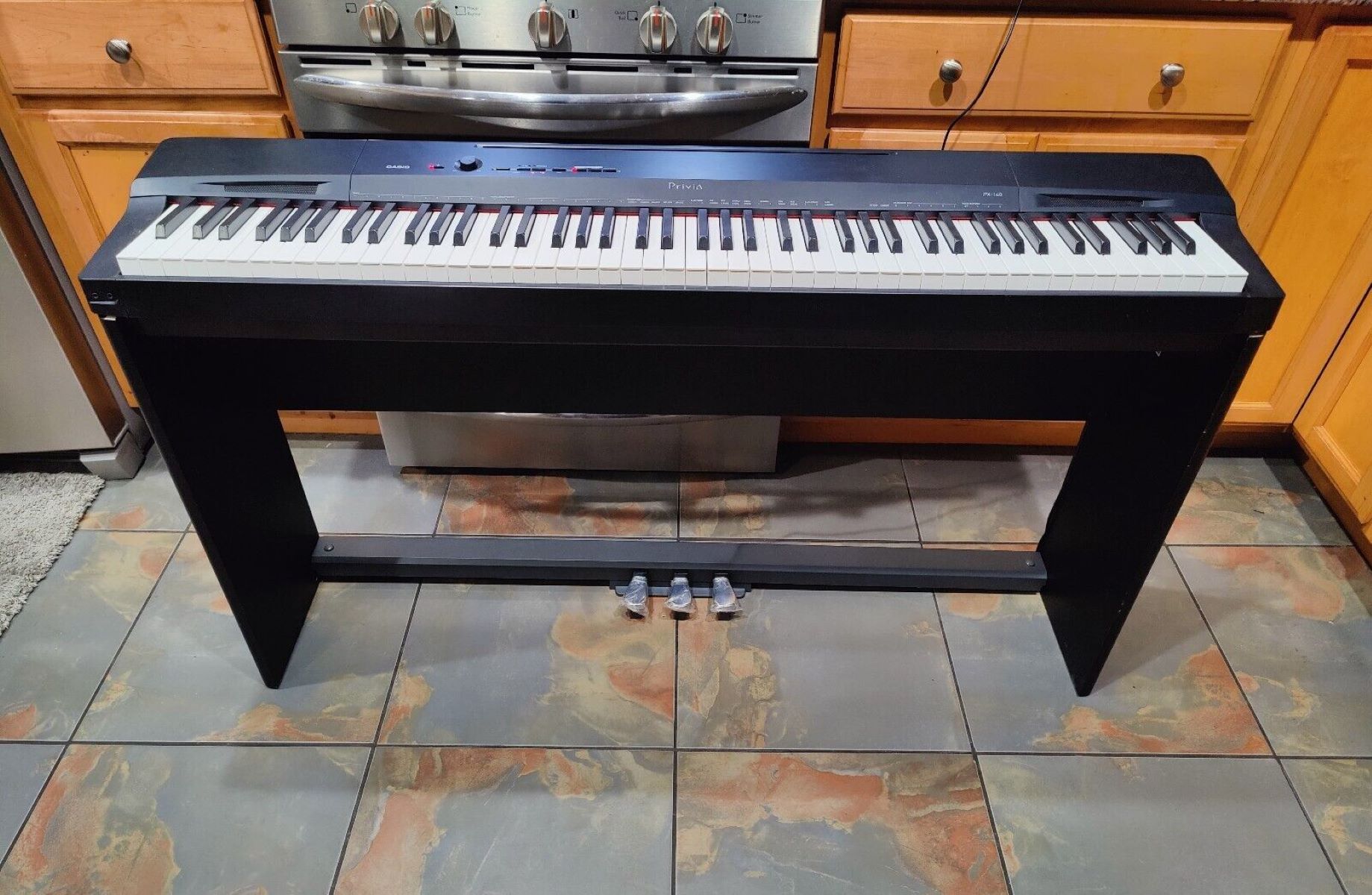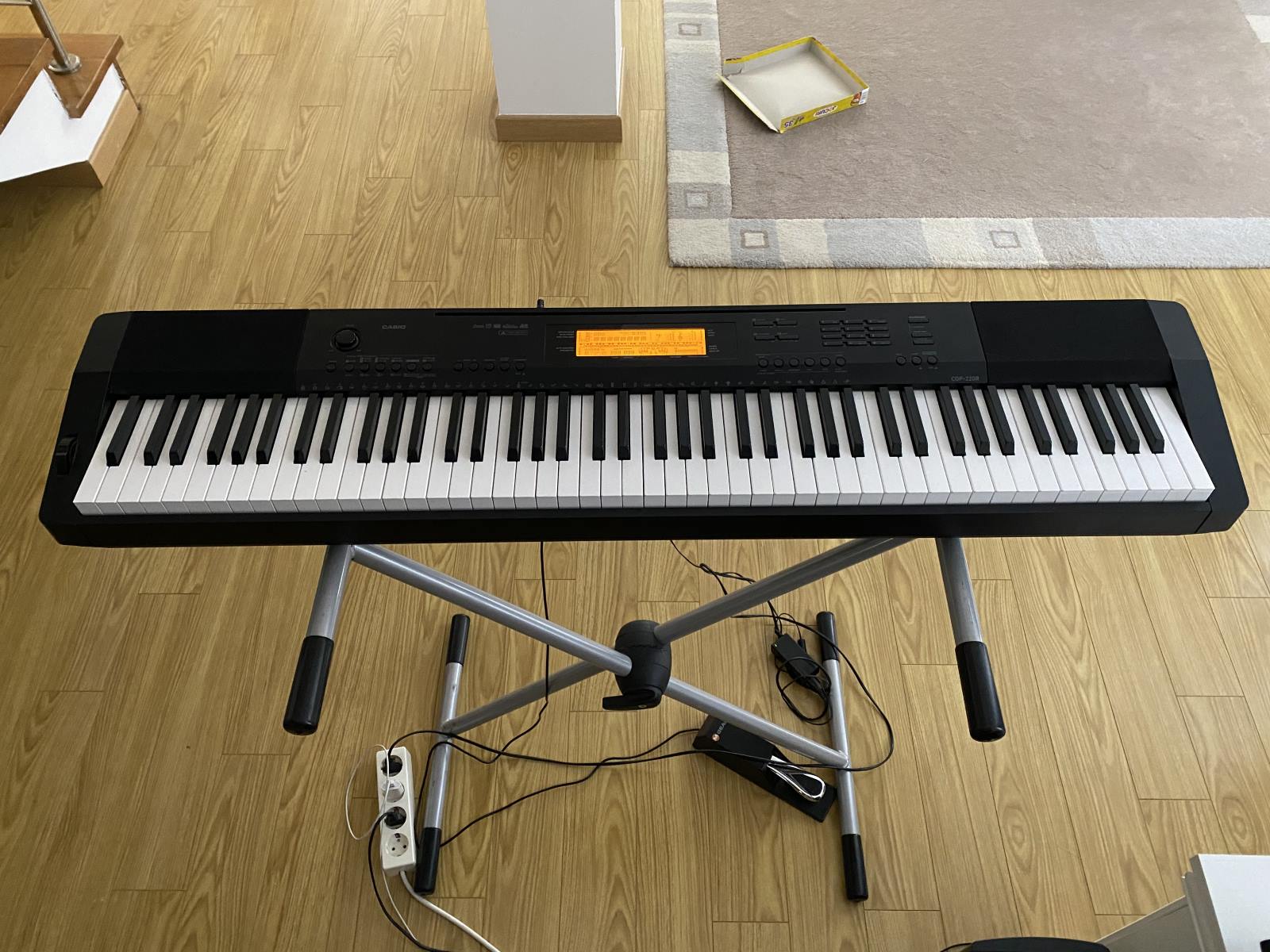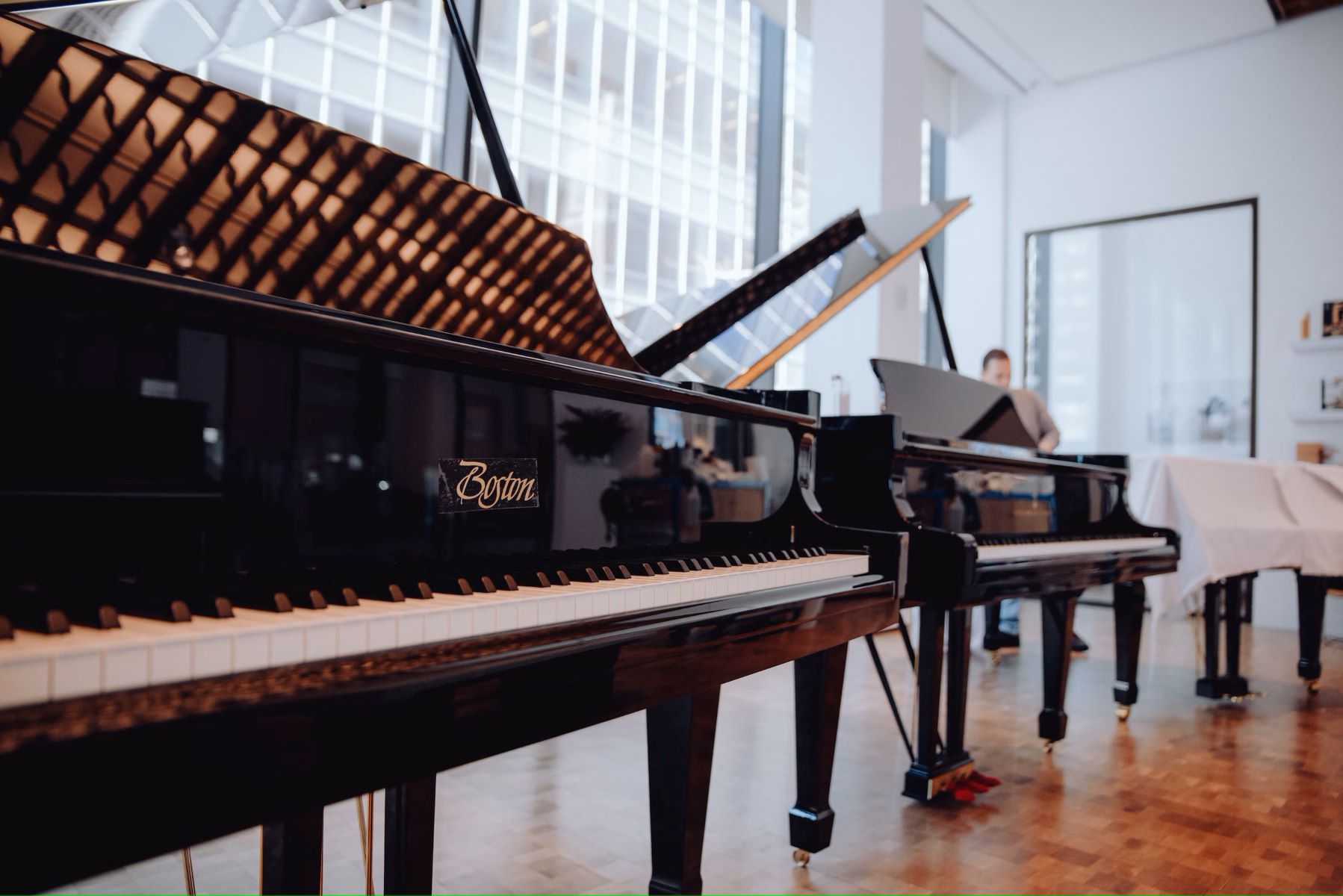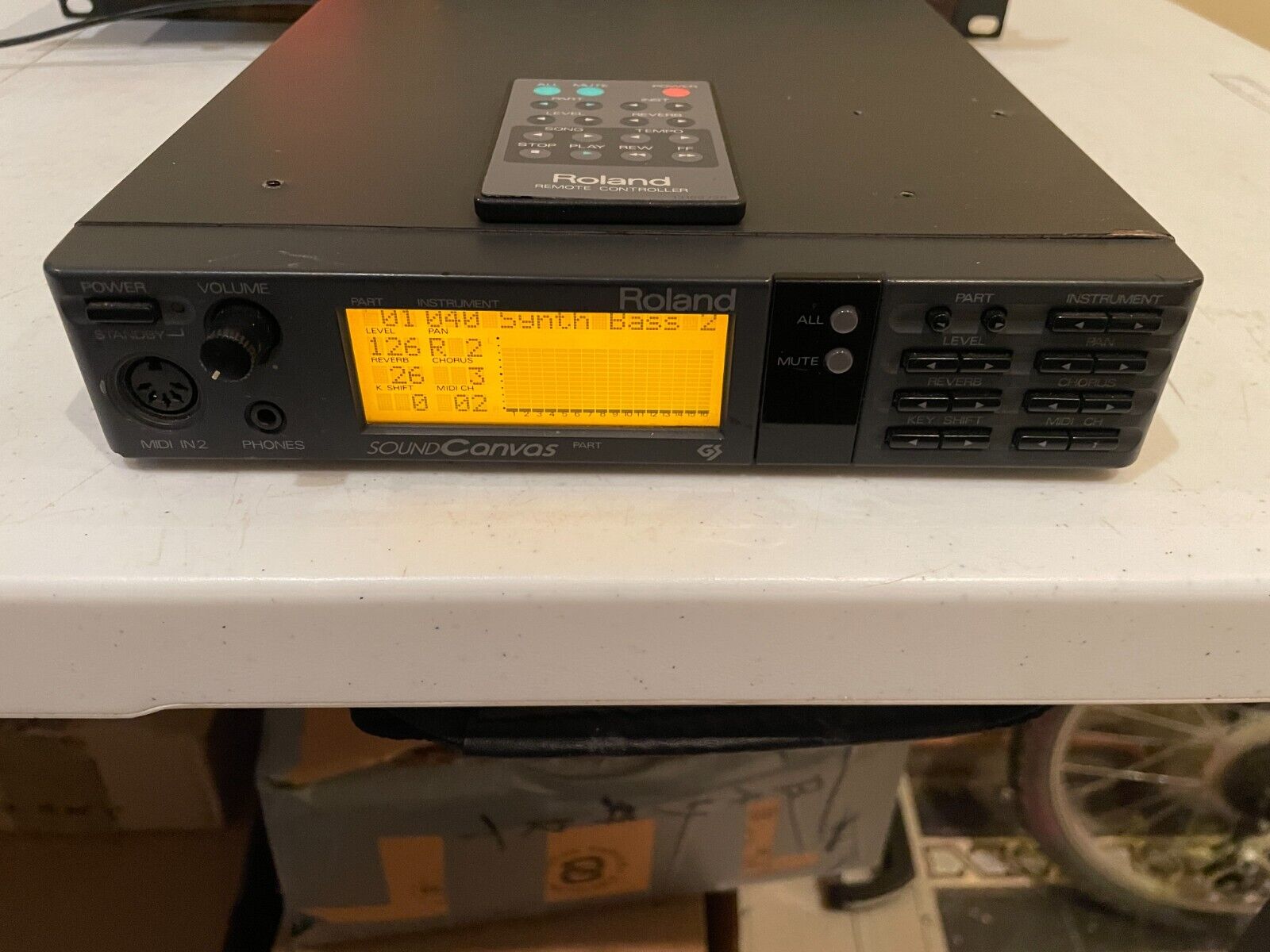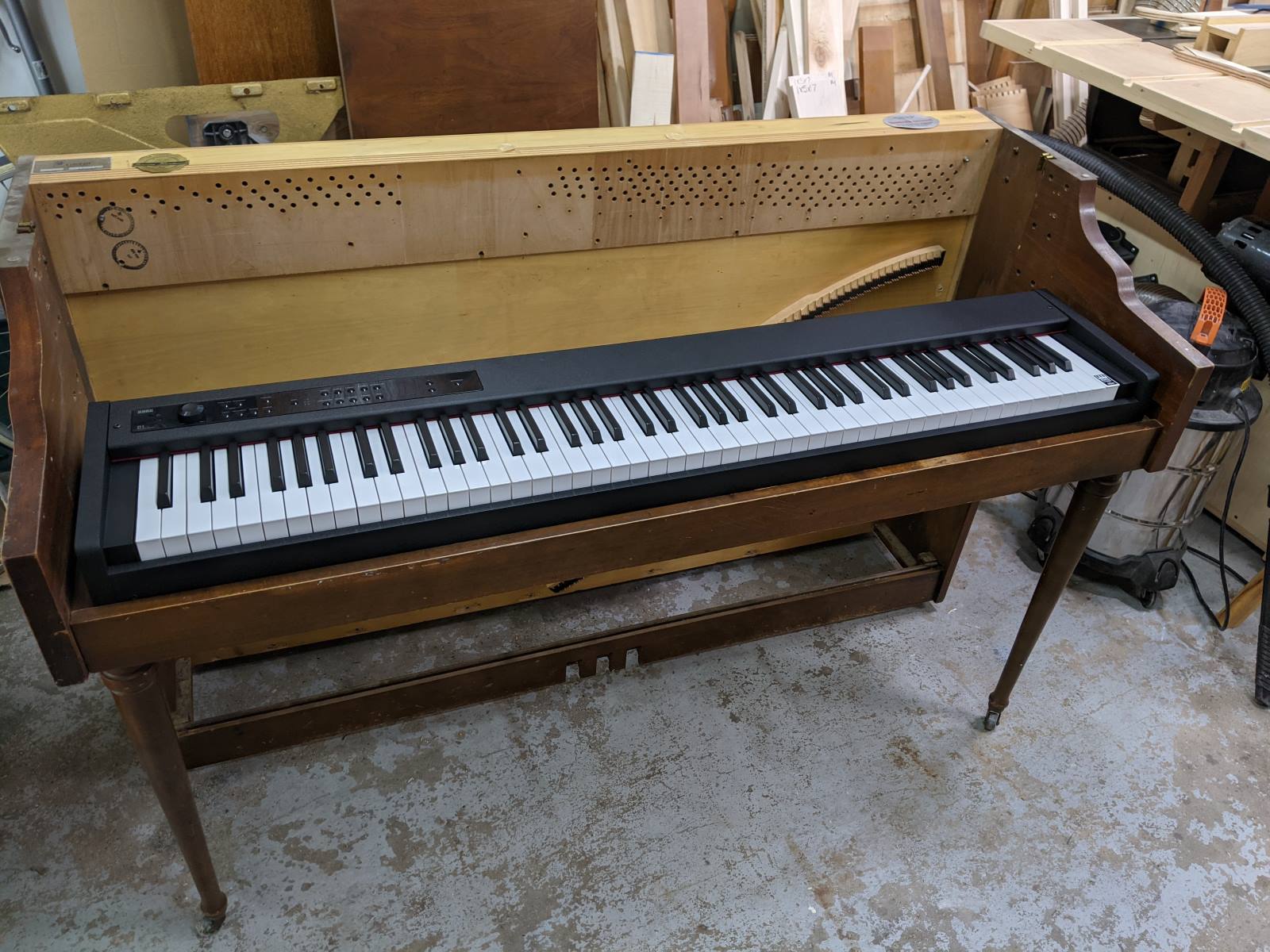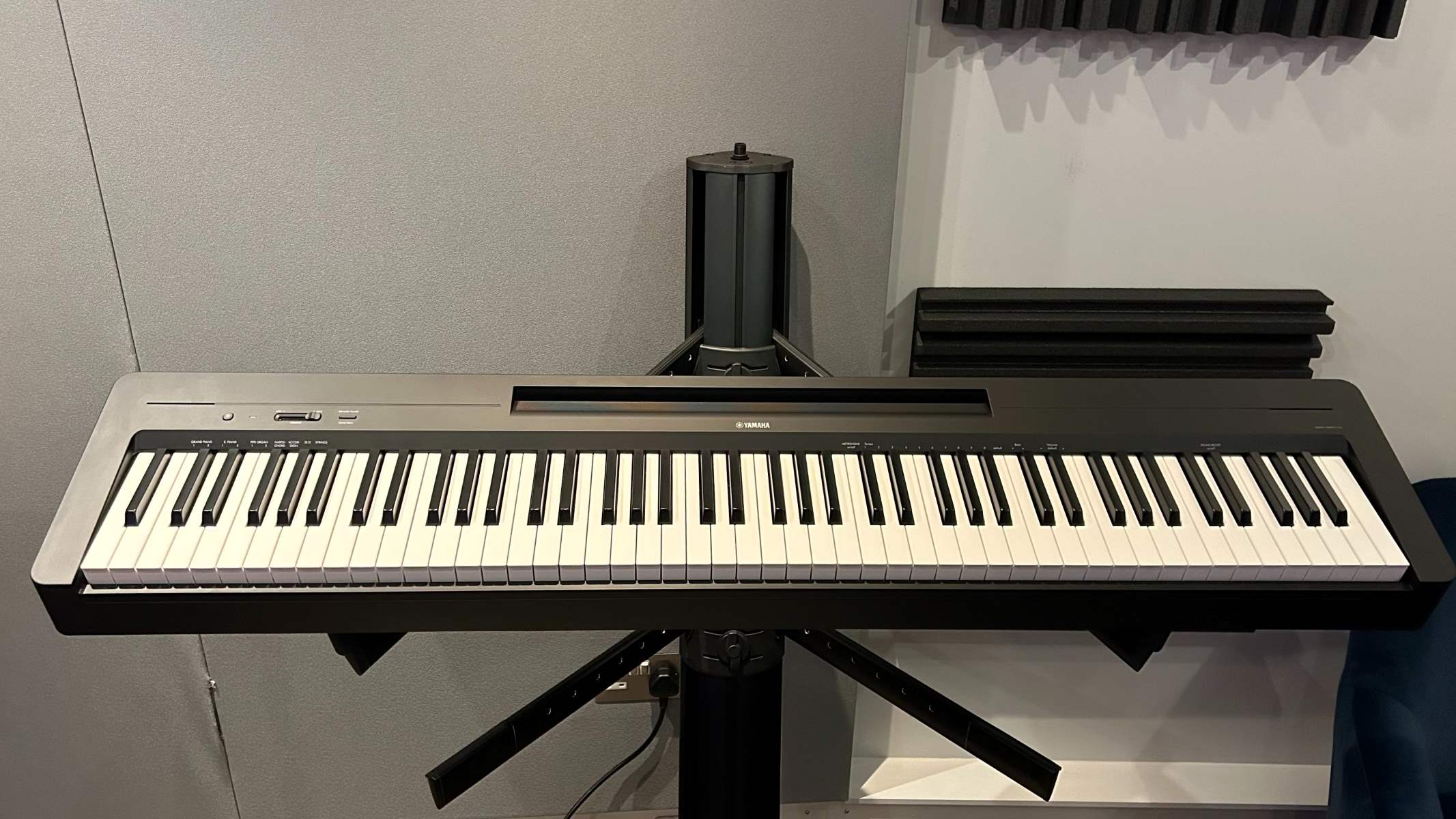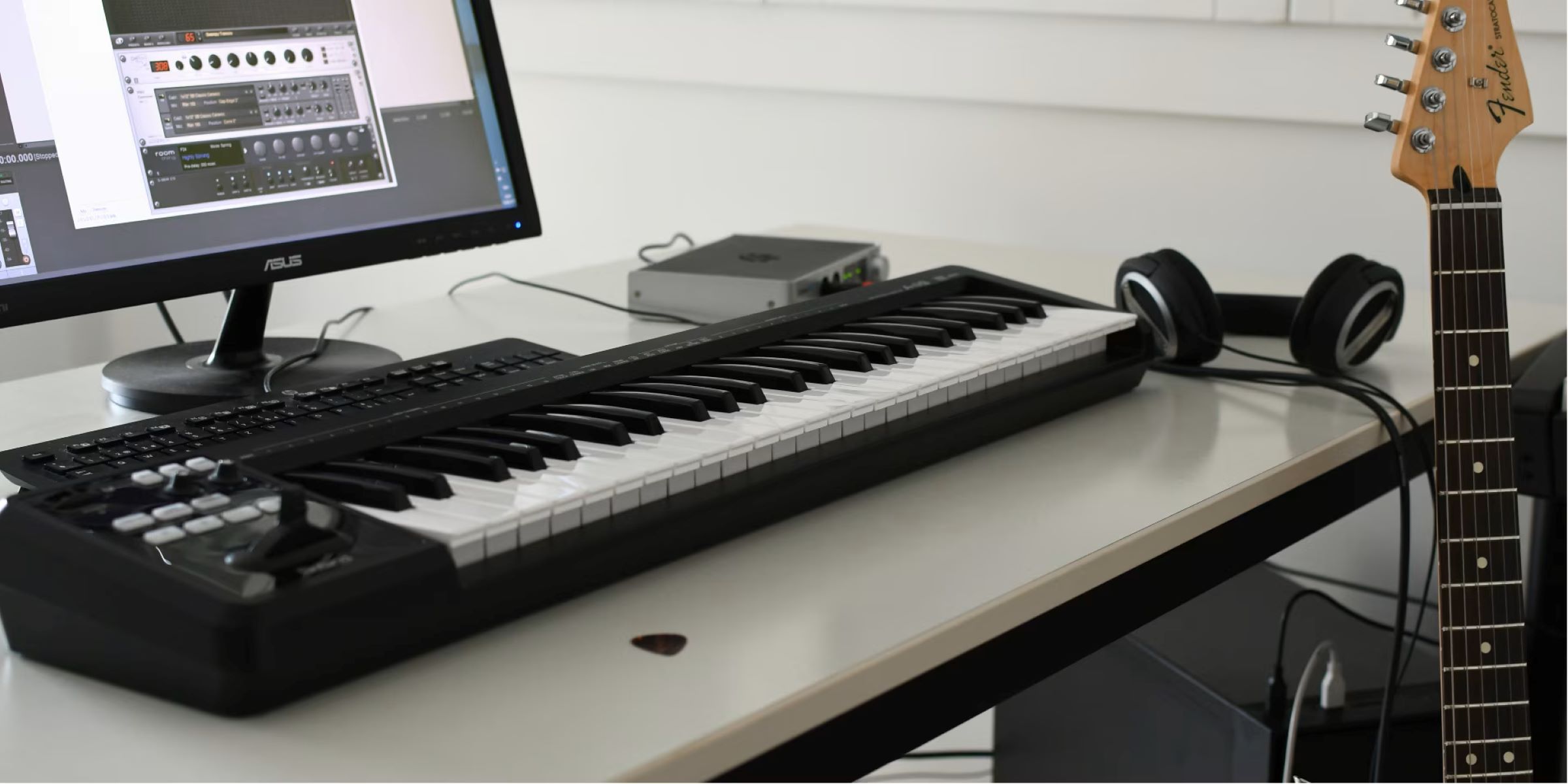Introduction
Moving a digital piano can be a daunting task, but with careful planning and the right approach, it can be accomplished smoothly and safely. Whether you are relocating to a new home, transporting the instrument to a performance venue, or simply rearranging your living space, understanding the proper steps to move a digital piano is essential to protect both the instrument and your surroundings.
In this comprehensive guide, we will explore the crucial considerations and practical steps involved in moving a digital piano. From assessing the weight and size of the instrument to disassembling, packing, and transporting it with care, each stage of the process requires attention to detail and a methodical approach. By following these guidelines, you can ensure that your digital piano arrives at its destination unscathed and ready to be reassembled for continued musical enjoyment.
Moving a digital piano is not only about physical relocation; it also involves safeguarding the delicate internal components and external structure to maintain its optimal condition. Additionally, ensuring the safety of the individuals involved in the moving process is paramount. Therefore, a well-organized plan, proper equipment, and a clear understanding of the instrument's construction are vital for a successful move.
Throughout this guide, we will delve into the specific steps for disassembling, packing, and protecting the digital piano to minimize the risk of damage during transit. Furthermore, we will address the crucial aspect of reassembling the instrument at its new location to restore its functionality and aesthetic appeal.
By the end of this guide, you will have a comprehensive understanding of the meticulous process involved in moving a digital piano, empowering you to undertake this task with confidence and precision. Let's embark on this journey to ensure the safe and seamless relocation of your digital piano, preserving its musical quality and structural integrity.
Assessing the Weight and Size of the Digital Piano
Prior to moving a digital piano, it is imperative to assess its weight and dimensions to determine the most suitable approach for relocation. Digital pianos vary in size and weight, with some models designed to be more compact and lightweight for easier maneuverability, while others are larger and heavier, requiring additional precautions during the moving process.
Begin by consulting the manufacturer’s specifications or user manual to obtain accurate information regarding the weight and dimensions of the digital piano. This crucial step will provide a clear understanding of the physical requirements for moving the instrument, enabling you to make informed decisions regarding the necessary equipment and logistical considerations.
Once you have determined the weight and size of the digital piano, consider the pathways and obstacles involved in the relocation process. Measure doorways, hallways, staircases, and any tight spaces through which the instrument must pass. This assessment will help identify potential challenges and allow for strategic planning to navigate the piano through confined areas without causing damage to the instrument or surrounding structures.
Furthermore, take into account the availability of suitable transportation vehicles capable of accommodating the digital piano’s size and weight. Whether you are using a personal vehicle, hiring professional movers, or utilizing specialized piano-moving services, ensuring that the chosen mode of transportation can safely and securely accommodate the instrument is essential for a smooth and secure relocation.
By thoroughly assessing the weight and size of the digital piano and considering the logistical aspects of the moving process, you can proactively address potential obstacles and make well-informed decisions to facilitate a successful relocation. This foundational step sets the stage for the subsequent stages of disassembling, packing, and transporting the digital piano with precision and care.
Disassembling the Digital Piano
Disassembling a digital piano is a critical step in preparing it for safe and efficient transportation. While digital pianos are generally more portable than their acoustic counterparts, they still require careful disassembly to protect their delicate components and ensure a smooth moving process.
Before initiating the disassembly, it is essential to refer to the manufacturer’s guidelines or user manual for specific instructions tailored to the model of the digital piano. These instructions typically include detailed steps for removing the instrument’s detachable components, such as the keyboard, stand, pedals, and any other accessories that may be attached.
When disconnecting the keyboard from the main unit, exercise caution and follow the recommended procedure to avoid damaging the internal wiring and connectors. Secure any loose cables and ensure that they are properly labeled for easy reassembly at the destination. Additionally, if the digital piano has a detachable stand, carefully dismantle it according to the manufacturer’s instructions, taking care to avoid scratching or denting the surfaces.
As you disassemble the digital piano, use protective padding or soft cloth to shield the exposed surfaces from scratches and impacts. This precaution is especially important for components with sensitive finishes or electronic interfaces. Secure any loose parts, such as screws or fasteners, in clearly labeled containers to prevent loss and facilitate reassembly.
Throughout the disassembly process, maintain a methodical approach and keep track of all removed components and hardware. Taking photographs or video recordings during the disassembly can serve as valuable visual references when reassembling the digital piano at its new location.
By meticulously following the manufacturer’s disassembly instructions and handling the components with care, you can ensure that the digital piano is properly prepared for safe transportation. This conscientious approach minimizes the risk of damage to the instrument and streamlines the subsequent stages of packing, protecting, and transporting the disassembled components to their destination.
Packing and Protecting the Digital Piano
Once the digital piano has been disassembled, the next crucial step in the moving process involves packing and protecting its components to safeguard them from potential damage during transit. Proper packing not only shields the instrument from physical harm but also ensures that its delicate electronic elements remain secure and functional upon arrival at the new location.
Begin by acquiring high-quality packing materials, such as heavy-duty moving blankets, bubble wrap, foam padding, and sturdy cardboard boxes. These materials provide essential cushioning and protection for the various components of the digital piano during transportation. Additionally, consider investing in specialized piano-moving equipment, such as padded straps and dollies, to facilitate the safe handling and lifting of heavy components.
When packing the disassembled components, wrap each piece individually in protective padding to prevent scratches, dents, and other forms of surface damage. Secure the padding in place using packing tape or adjustable straps to ensure that it remains intact throughout the moving process. For the keyboard and other sensitive electronic components, use anti-static bubble wrap to shield them from electrostatic discharge and impact-related damage.
When placing the packed components in the designated boxes, use additional padding material to fill any empty spaces and minimize movement during transit. This extra padding serves as a buffer against shocks and vibrations, further safeguarding the digital piano from potential harm. Seal the boxes securely with packing tape and clearly label them to indicate the contents and their corresponding locations for reassembly.
For larger components, such as the stand and pedals, consider using custom-built wooden crates or heavy-duty containers to provide enhanced protection against external forces. These crates should be designed to accommodate the specific dimensions of the components and feature internal padding to immobilize them securely during transportation.
By meticulously packing and protecting the disassembled components of the digital piano, you can mitigate the risk of damage and ensure that the instrument arrives at its destination in optimal condition. This proactive approach sets the stage for a seamless and successful transition to the reassembly phase, where the packed components will be carefully unpacked and restored to their original configuration.
Transporting the Digital Piano
Transporting a digital piano requires careful planning and meticulous attention to detail to ensure the safe and secure relocation of its disassembled components. Whether you are utilizing a professional moving service or handling the transportation independently, implementing the right strategies and precautions is essential to protect the instrument throughout the journey.
When loading the packed components into a transportation vehicle, prioritize stability and weight distribution to prevent shifting and potential damage during transit. Secure the boxes and crates with heavy-duty straps or ropes to immobilize them and minimize movement while the vehicle is in motion. Additionally, consider using furniture pads or blankets to create a protective barrier between the packed components and the interior surfaces of the vehicle.
During transportation, strive to maintain a steady and cautious driving pace to minimize the impact of sudden stops, turns, and road irregularities on the digital piano’s components. Avoid abrupt maneuvers and uneven terrain whenever possible to reduce the risk of shifting and jostling within the vehicle. If using a professional moving service, communicate the fragile nature of the digital piano’s components to the movers and provide specific instructions for handling and securing them during transportation.
If the relocation involves long-distance travel, factor in potential climate-related considerations, such as temperature and humidity fluctuations, that may impact the packed components. Avoid exposing the digital piano to extreme heat, cold, or moisture, and consider utilizing climate-controlled transportation options to maintain optimal environmental conditions for the instrument throughout the journey.
Upon reaching the destination, exercise caution and precision when unloading the packed components from the transportation vehicle. Use appropriate lifting techniques and equipment to prevent strain and minimize the risk of dropping or mishandling the boxes and crates. Once the components have been safely unloaded, store them in a secure and climate-controlled area to await the reassembly phase.
By conscientiously implementing these transportation guidelines, you can minimize the potential risks associated with relocating a digital piano and ensure that its disassembled components arrive at the destination in excellent condition. This careful approach sets the stage for the final phase of the moving process, where the packed components will be meticulously reassembled to restore the digital piano to its original form.
Reassembling the Digital Piano
Upon safely transporting the disassembled components of the digital piano to their new location, the meticulous process of reassembling the instrument commences. This phase requires patience, precision, and a methodical approach to ensure that each component is restored to its original configuration, resulting in a fully functional and aesthetically pleasing digital piano.
Begin by carefully unpacking the packed components, taking note of their respective labels and the detailed packing arrangements. Lay out the components in a clean and spacious area, allowing ample room for maneuvering and assembling the instrument without obstruction. Refer to the photographs or video recordings taken during the disassembly phase to guide the reassembly process and verify the correct placement of each component.
When reassembling the keyboard and stand, follow the manufacturer’s instructions in reverse order, ensuring that each step is executed with precision and attention to detail. Take care to reconnect any detached cables or wiring, verifying that the connections are secure and properly aligned. Avoid forcing components into place and prioritize gentle handling to prevent accidental damage during reassembly.
As each component is reattached and secured, inspect the overall alignment and stability of the digital piano to confirm that it has been reassembled accurately. Make any necessary adjustments to ensure that the components are securely fastened and that the instrument’s structural integrity has been restored. Once the reassembly is complete, conduct a thorough visual inspection to confirm that all components are in place and that the instrument is ready for use.
Before testing the functionality of the reassembled digital piano, allow a brief period for any residual vibrations or movements to settle, particularly if the instrument has been transported over long distances. This precautionary measure helps ensure that the internal components and mechanisms have acclimated to their new environment before being put into operation.
After the reassembly process is finalized and the digital piano has been deemed structurally and functionally sound, take the time to clean and polish the instrument to restore its visual appeal. Use appropriate cleaning agents and soft cloths to remove any accumulated dust or debris, enhancing the overall presentation of the digital piano in its new location.
By meticulously reassembling the digital piano and attending to its aesthetic presentation, you can conclude the moving process with the satisfaction of knowing that the instrument has been successfully relocated and restored to its optimal condition. This final phase marks the culmination of a comprehensive and carefully executed journey to ensure the safe and seamless relocation of the digital piano, preserving its musical quality and visual allure.
Conclusion
Moving a digital piano is a multifaceted endeavor that demands meticulous planning, careful execution, and a thorough understanding of the instrument’s construction and transportation requirements. By navigating the comprehensive process of assessing the weight and size of the digital piano, disassembling its components, packing and protecting them, transporting the instrument, and reassembling it at its new location, individuals can ensure a seamless and secure relocation experience.
Throughout this guide, we have emphasized the importance of leveraging manufacturer’s instructions, high-quality packing materials, and strategic logistical considerations to safeguard the digital piano and its components from potential damage during transit. By adhering to these guidelines, individuals can mitigate the risks associated with moving a delicate and sophisticated instrument, preserving its structural integrity and musical functionality.
Furthermore, the reassembly phase serves as the culmination of the moving process, requiring meticulous attention to detail and a methodical approach to restore the digital piano to its original form. By following the reassembly guidelines outlined in this guide, individuals can ensure that the instrument is fully functional and aesthetically appealing in its new environment, ready to continue enriching musical experiences.
Ultimately, the successful relocation of a digital piano hinges on proactive planning, careful handling, and a commitment to preserving the instrument’s quality throughout the moving journey. By embracing these principles and leveraging the insights presented in this guide, individuals can embark on the task of moving a digital piano with confidence and precision, ensuring that the instrument arrives at its destination unscathed and ready to resonate with melodic harmony once more.
As you embark on your journey to relocate a digital piano, may this guide serve as a valuable resource, empowering you to navigate the complexities of the moving process with clarity and expertise. With a steadfast commitment to the principles of protection, precision, and preservation, you can orchestrate a seamless and successful relocation, preserving the musical essence of the digital piano for continued enjoyment and artistic expression.







